Why do I need to get an EnerGuide Rating for my home?
Over the recent years, it has become critical for Canadian homeowners to know their EnerGuide Rating . For most government home financing, rebates and incentives, EnerGuide Rating is a required industry standard of measuring home performance. Let's take a deep dive about what EnerGuide is and how you can get your home rated.
What is the EnerGuide Rating?
Let's answer this question with another question: How would you measure the energy performance of a home? You
may say that the home energy bill should be the metric for energy performance. While that seems
straightforward, in reality it has many pitfalls.
For example, imagine someone moving in or out of your household. If you have a new person living with you,
your home's warm water usage for showering and cleaning is probably going to go up. Therefore, your
household consumes more fuel. Does that mean that your home becomes less energy efficient? Obviously not! So
we need to measure home's energy efficiency in another way.
The EnerGuide Rating is a non-temporal standardized measurement of a home's energy demand (that's a
mouthful). In simple terms, the rating does NOT depend on how you operate the home, and what the outside
temperature is. Instead, it focuses on the quality of the home building itself. You might be a very
conscious energy user in a poorly insulated home. The EnerGuide Rating of the home will be poor because of
the low insulation. Likewise, if in one year the weather is extra cold, you won't get a lower rating.
Since every home is unique, the rating is done on an individual basis. Properate provides a score estimate
but for the actual score, a qualified professional (an Energy Advisor) must come to your home and assess it.
The assessment usually takes 2-3 hours and involves measuring your home, observing its condition, and a
blower door test to determine how leaky your home is.

Why do I need to get an EnerGuide Rating now?
Canada is taking a lot of steps federally and provincially towards reducing greenhouse gas emissions (GHG) emissions. Residential buildings are one of their targets because of being huge emitters. You may ask «how does my home cause carbon emissions?» Through energy consumption! The fuels you use for heating and cooling your home cause emissions when generated, and also when being used. If your home is not sealed or properly insulated, you are not just paying for more energy consumption, your home is emitting more GHGs. To reduce emissions from buildings by 2030, the government of Canada, provinces and municipalities are now offering many incentives to improve your home energy efficiency. These incentives range from rebates that cover home improvement or assessment work to interest-free loans. As part of the application process, many of such incentives require an EnerGuide rating of your home. If you want to learn more about how to get an EnerGuide Rating for your home, read to the end of the blog.
The history of EnerGuide
Following the oil crisis of 1972, and the renewed interest in energy efficiency, a variety of programs were introduced by Natural Resources Canada (NRCan). One example is the voluntary R2000 home energy efficiency standard. R2000 was introduced in 1982; the homes that comply with it are efficient even by today's standards. That also meant that the program had low uptake. In the broader scope, NRCan's broader energy rating program that has been supporting such initiatives is EnerGuide. This should not be confused with EnergyGuide of the United States, though the scopes are similar. EnerGuide has mandatory and voluntary scoring criteria for certain appliances. These are similar to many programs around the world. You may recall seeing bright-colored energy labels when you were passing by the fridge section of an appliance store.
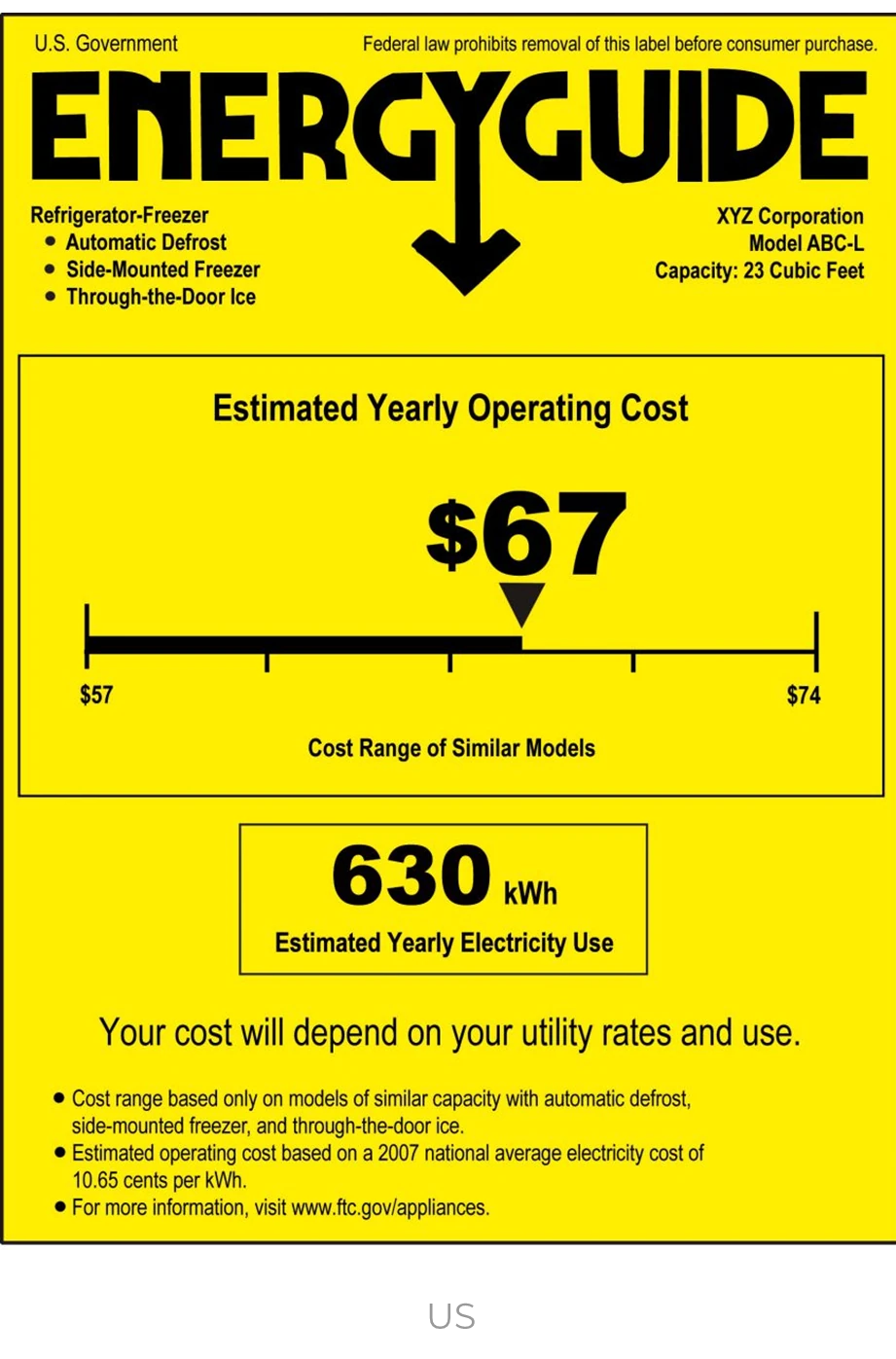
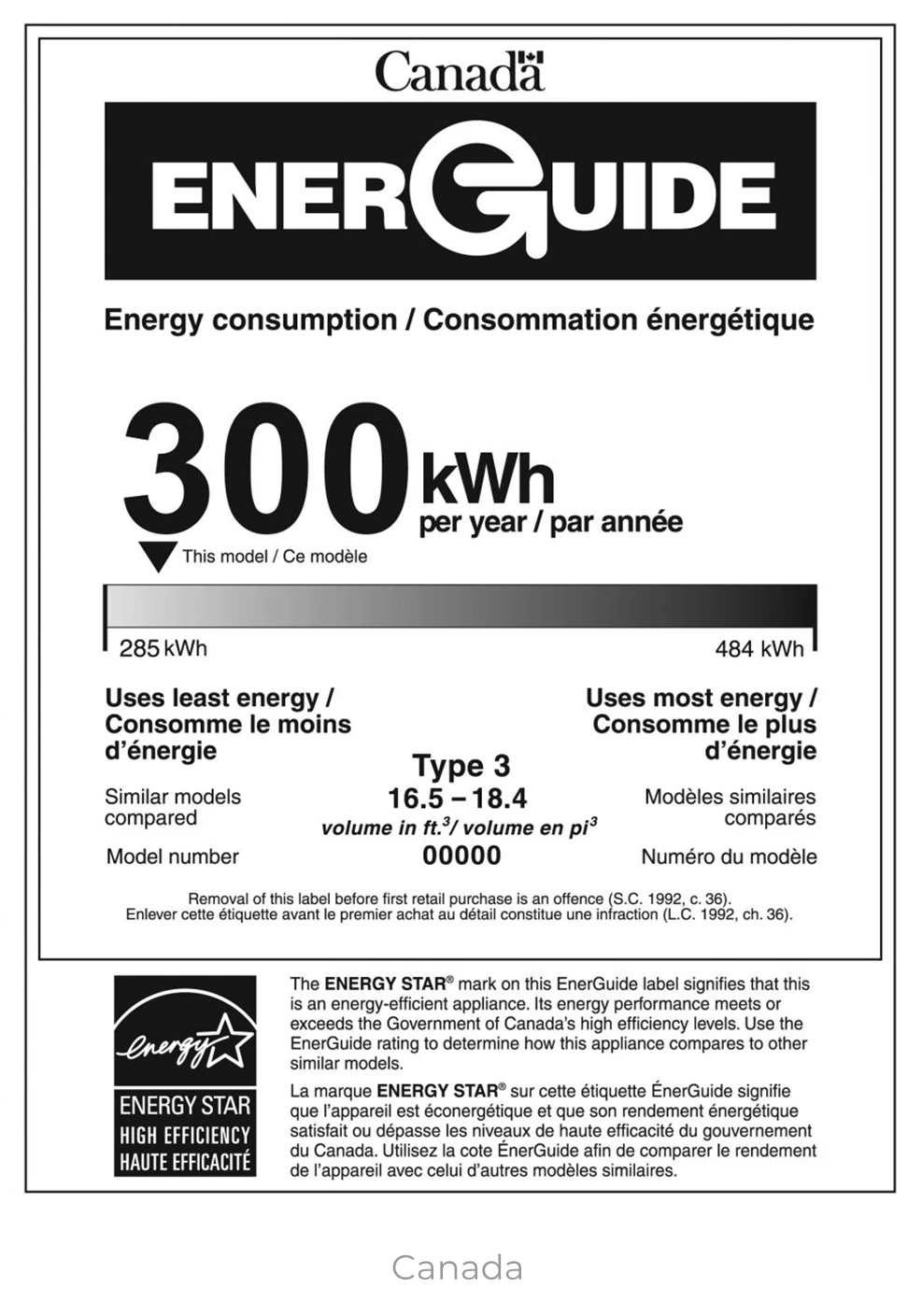
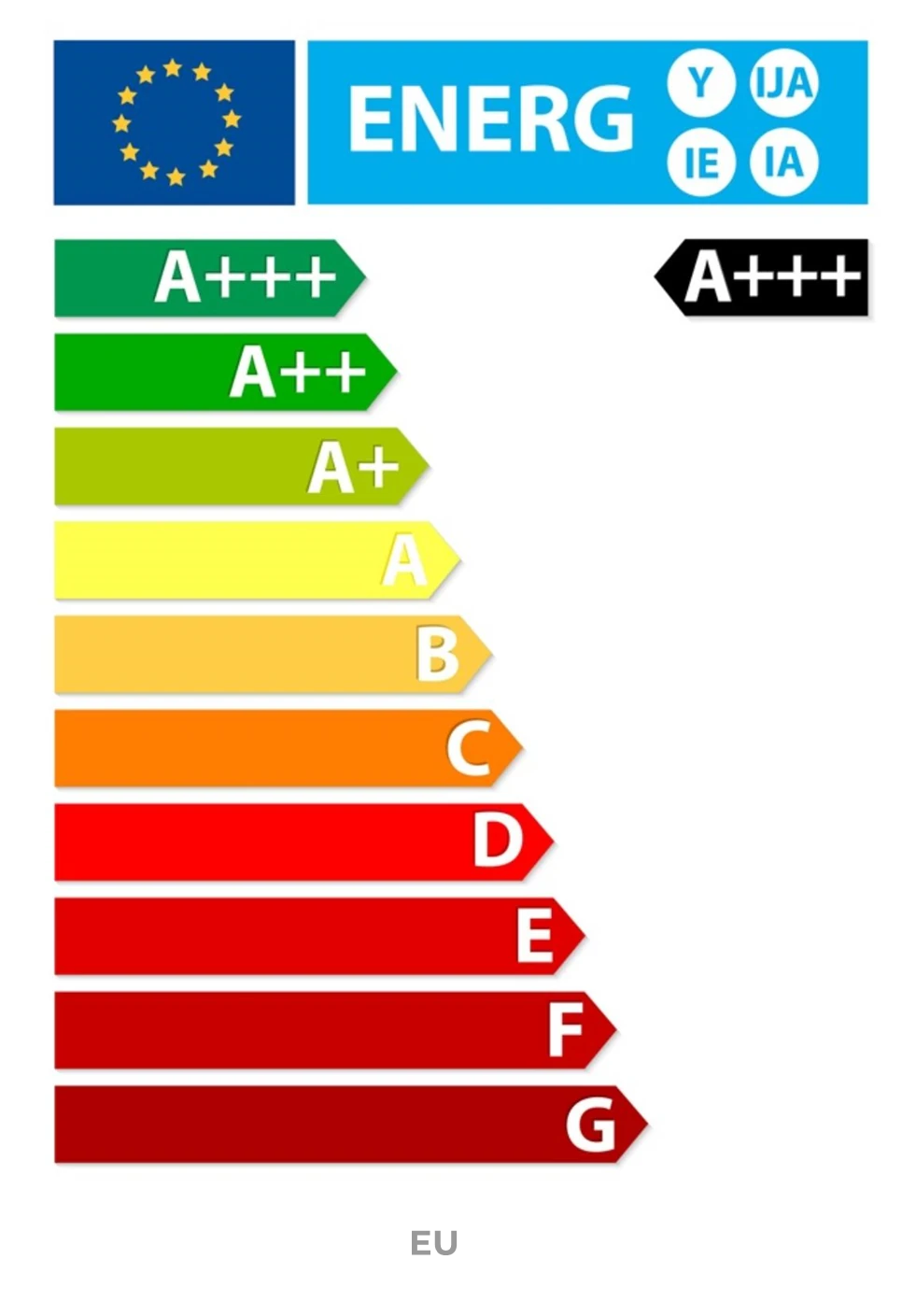
Just like the equipment in the home, the home itself can be scored. Unlike e.g. a dishwasher, each home is rated separately. That's because homes are very different from one another.
EnerGuide vs EnergyStar
EnergyStar and EnerGuide work together. While EnerGuide is a way of measuring energy efficiency, EnergyStar is an energy efficiency certificate. So EnergyStar is a pass/fail system while EnerGuide rating can be low or high.
There are different kinds of EnerGuide Rating
This mainly depends on when & where the evaluation has taken place. Until version 15 of EnerGuide, the rating was on a scale of 0 to 100. This is instantly understandable as 100 is the best score, but it was also limiting the insights that the Rating could give. So in version 15, the EnerGuide Rating's selected unit conveniently changed to GigaJoules. Joule is a physics measure for energy.
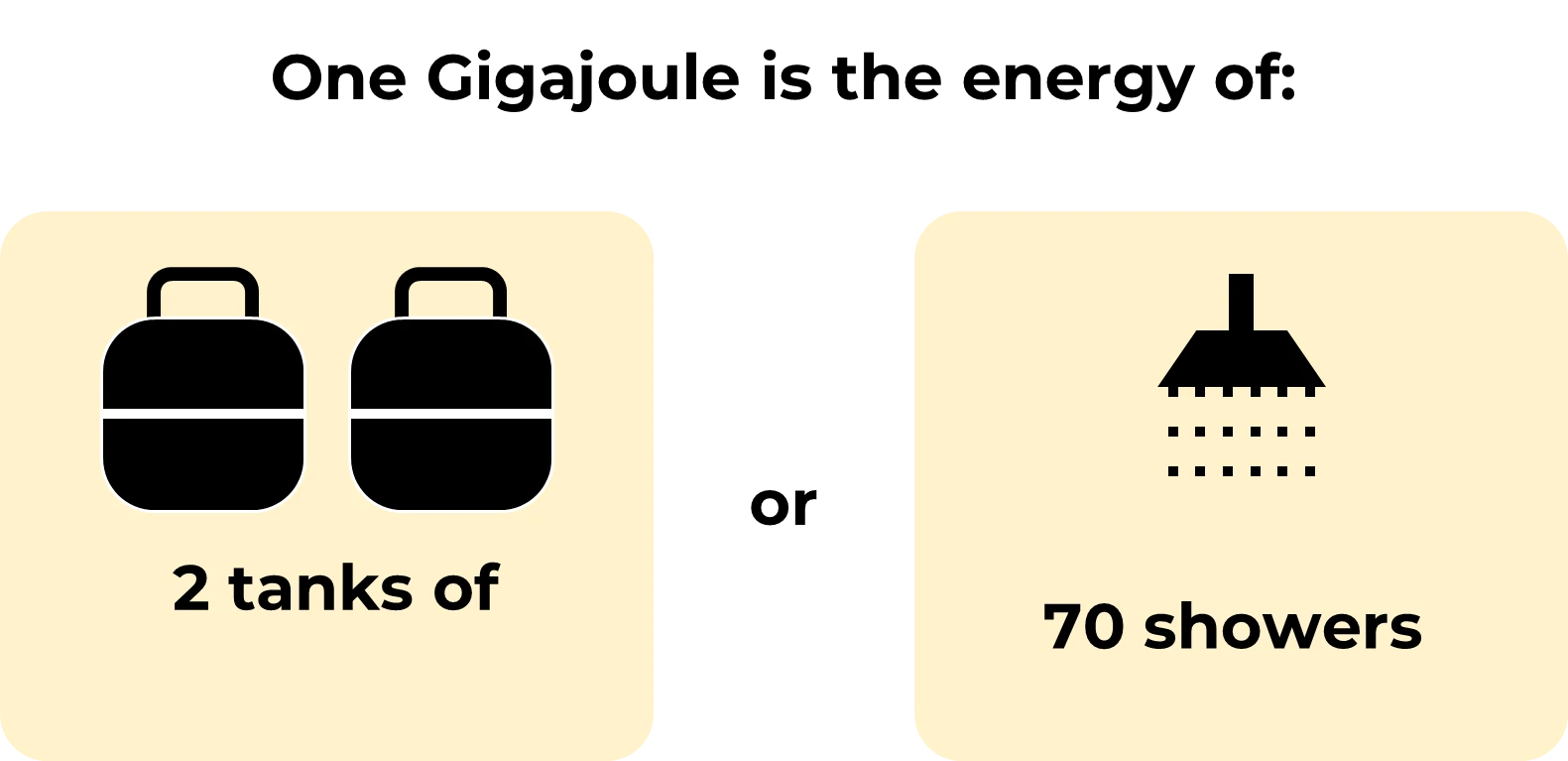
This conveys the home energy performance better, but at the first look, it may be unintuitive because:
- The score can be anything. Anecdotally, we have mostly seen rating between 50 to 350
- The Lower numbers are better. For example, a home with the EnerGuide Rating of 100 is having half the energy demand of a home with an EnerGuide Rating of 200. So the first home is better.
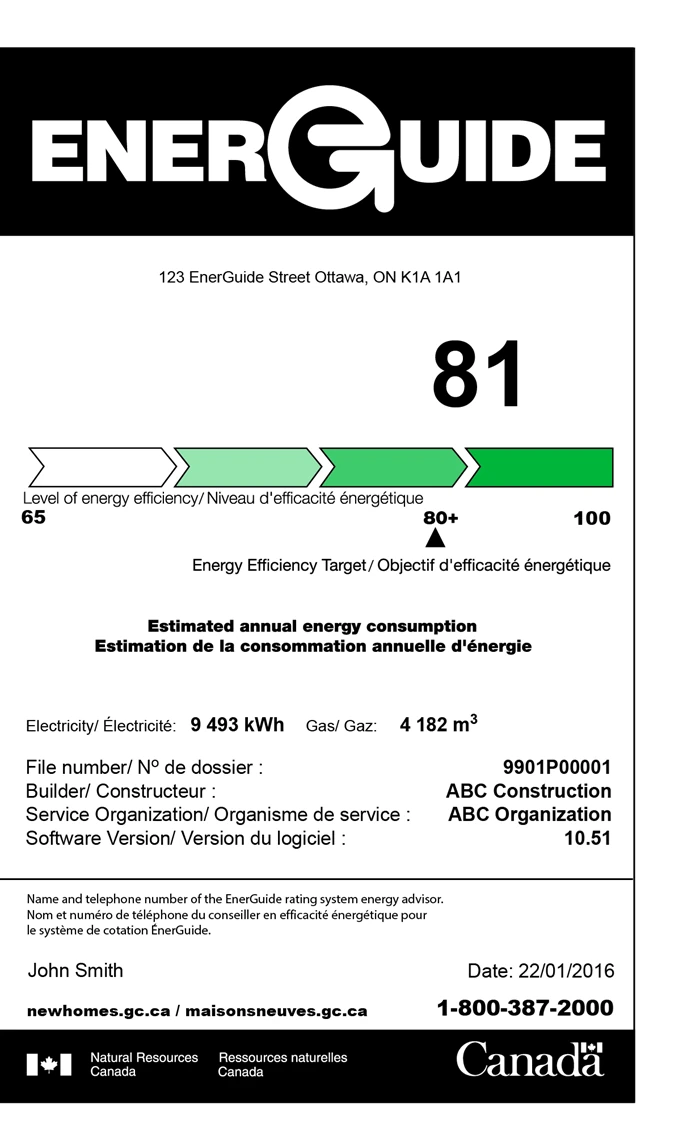
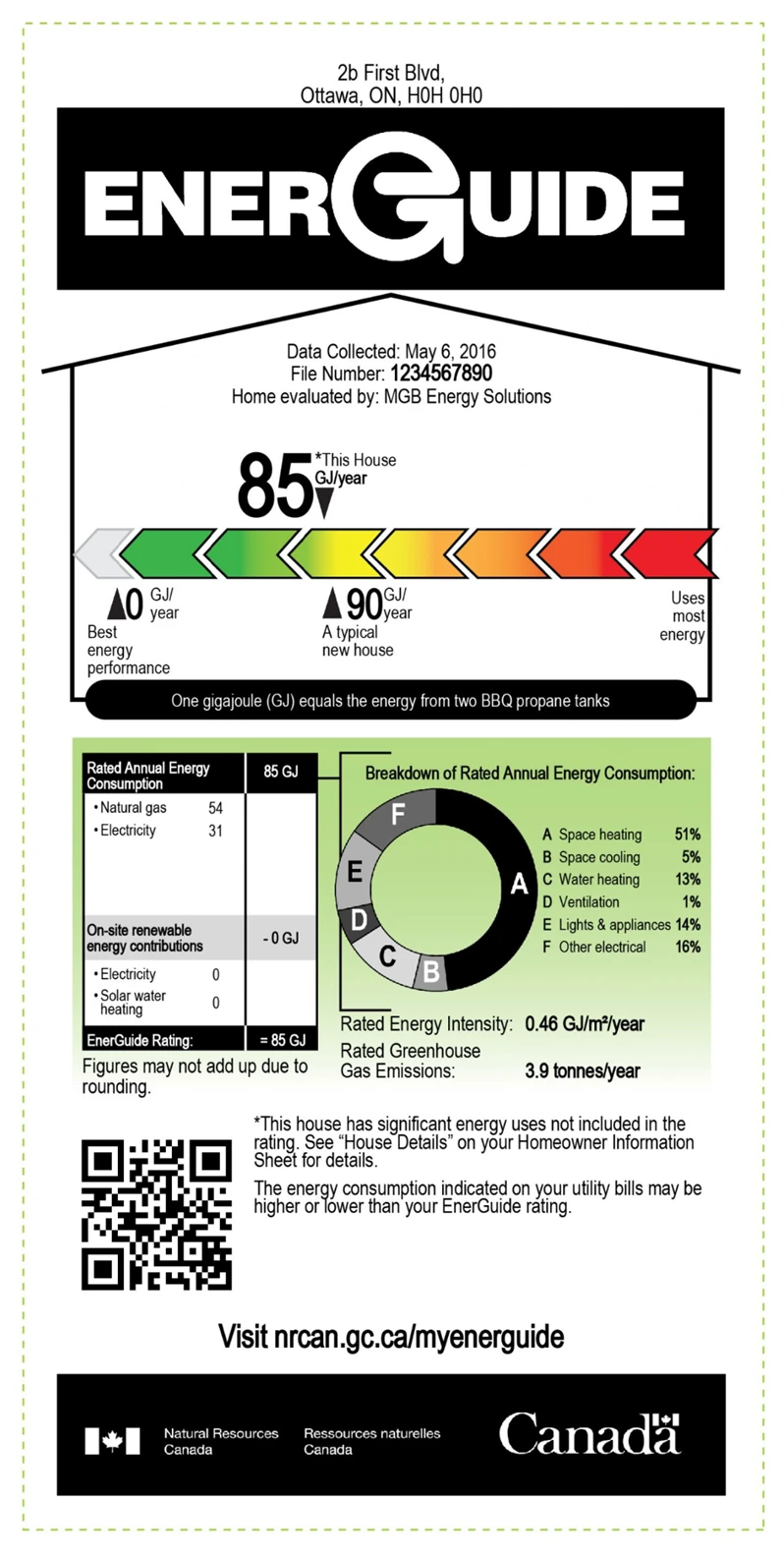
Only Quebec and New Brunswick still use the 0-100 rating system.
Are there any disadvantages to the EnerGuide Rating?
You may notice that we mentioned the EnerGuide Rating as “a way of measuring home energy performance”. In reality, just like all other metrics, this score is not a silver bullet. Moreover, the EnerGuide rating can have a few shortcomings:
- It does not take into account all construction quality aspects. Alignment of insulations and the transition shapes can have a huge impact on home's energy performance. EnerGuide's representation of these may be too generalized.
- It has static assumptions for buildings of all sizes. For example, a tiny home and a mansion built in the same year have the same water usage. In this example, the tiny home's water usage is possibly exaggerated.
- It does not take into account the building's surroundings such as trees and shades.
- In the face of climate change, we see hot weather events more frequently, while EnerGuide is mainly designed with cold climate in mind.
- The current rating process involves extensive manual work and some judgment calls by Energy Advisors based on their subjective understanding of a home. These can introduce some variations in the ratings.
How can I get an EnerGuide Rating?
For homes, the EnerGuide label is generated by an Energy Advisor. These professionals can visit your home and perform an energy assessment. The costs and wait times vary depending on the jurisdiction, but these may be a show-stopper for some people. That's why Properate provides an estimated rating to encourage homeowner action. Get your estimate instantly by clicking here.
